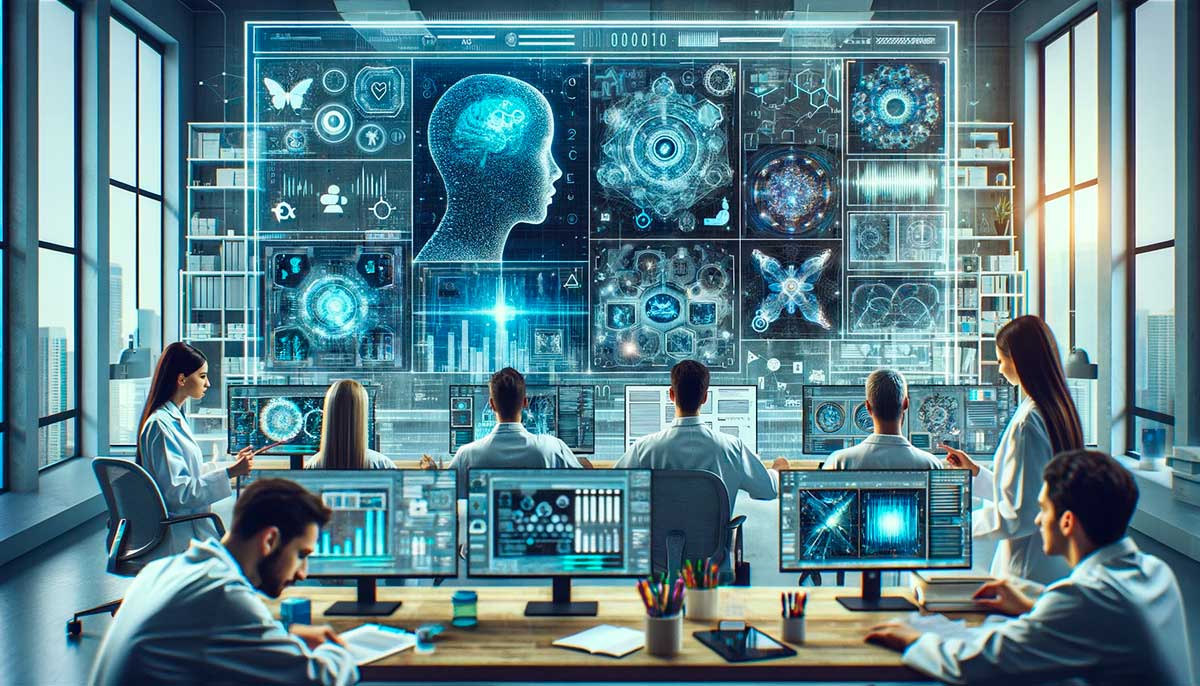As the world moves towards an increasingly digital environment, cyberwarfare is emerging as one of the biggest security challenges by 2025. With AI-driven cyber weapons, attacks exploiting zero-day vulnerabilities, and state-sponsored operations, the threat landscape is more complex than ever. According to a recent report by the CTO of Armis, traditional defense strategies are no longer sufficient against the growing sophistication of these threats.
The War Moves to Cyberspace
The notion of war has evolved, shifting from the physical battlefield to the digital realm. By 2025, state-sponsored cyberattacks are becoming increasingly common, targeting not only critical infrastructures like energy grids, transportation systems, or supply chains, but also civilian infrastructures like hospitals and personal devices. This new form of conflict allows for massive damage to be inflicted with fewer resources and without the need for physical confrontations.
Attacks on critical infrastructure aim to paralyze entire nations, creating psychological and economic chaos. These operations are also key tools of asymmetric warfare: they enable smaller but technologically advanced nations to strike disproportionately hard against their adversaries.
AI and Autonomous Cyber Weapons
Artificial intelligence is transforming the offensive capabilities of cybercriminals. AI-powered cyber weapons not only automate attacks but also learn and evolve autonomously. This means that malware can dynamically reconfigure itself to avoid detection, even overcoming the most advanced security barriers.
In this scenario, AI-designed attacks are expected to generate thousands of malware variants in a matter of minutes, overwhelming cybersecurityCybersecurity solutions are essential in the digital age… teams and exploiting zero-day vulnerabilities before they can be patched.
Civil Infrastructure: The New Frontline
In modern cyberwarfare, the distinction between civilian and military targets is increasingly blurred. Hospitals, transportation networks, and IoT devices become priority targets. For example, attacks on medical systems could jeopardize patients’ lives, while sabotage of autonomous transportation networks could generate chaos in cities.
Ransomware, previously a financial tool for cybercriminals, is transforming into a political weapon used by states to destabilize critical sectors. This underscores the need to view cybersecurity not just as a technological issue but also as a national defense priority.
The Militarization of IoT Devices
The proliferation of IoT devices exposes a new attack surface. By 2025, it is expected that connected devices will be used as weapons. From smart homes to industrial systems, these devices are vulnerable to attacks that could cause physical damage or massive disruptions. For instance, a coordinated attack on smart energy meters could cause massive blackouts, while sabotage on autonomous vehicle systems could collapse urban traffic.
Quantum Computing: An Emerging Threat
Although still in development, quantum computing could compromise current encryption methods, allowing previously secure data to be decrypted. This highlights the need to develop encryption standards resistant to quantum technology to protect critical information in the near future.
The Lack of International Cooperation
The global cybersecurity landscape is further complicated by the lack of international cooperation. Distrust among nations and divergent priorities hinder the organization of unified responses to global threats. This context could lead to fragmented efforts and uncoordinated responses, increasing vulnerability to massive attacks.
How to Respond to Cyberwarfare in 2025
In light of this reality, international collaboration is essential. Establishing public-private partnerships, sharing threat intelligence, and implementing global cybersecurity frameworks are vital steps. Moreover, adopting advanced technologies, such as artificial intelligence systems for real-time threat detection, can significantly enhance response capabilities.
Organizations must prioritize comprehensive security strategies that include protecting critical infrastructures and training specialized teams. At the governmental level, it is crucial to promote cyber diplomacy and coordinate international efforts to mitigate the impact of cyberattacks.
Conclusion: A Critical Challenge for 2025
Cyberwarfare in 2025 not only redefines the nature of conflicts but also exposes the vulnerability of modern infrastructures to advanced technological threats. The key to addressing this challenge lies in global collaboration, investment in cyber defense, and developing technologies capable of mitigating risks.
The time to act is now, as what is at stake is not just computer systems, but the economic, social, and political stability of nations.

